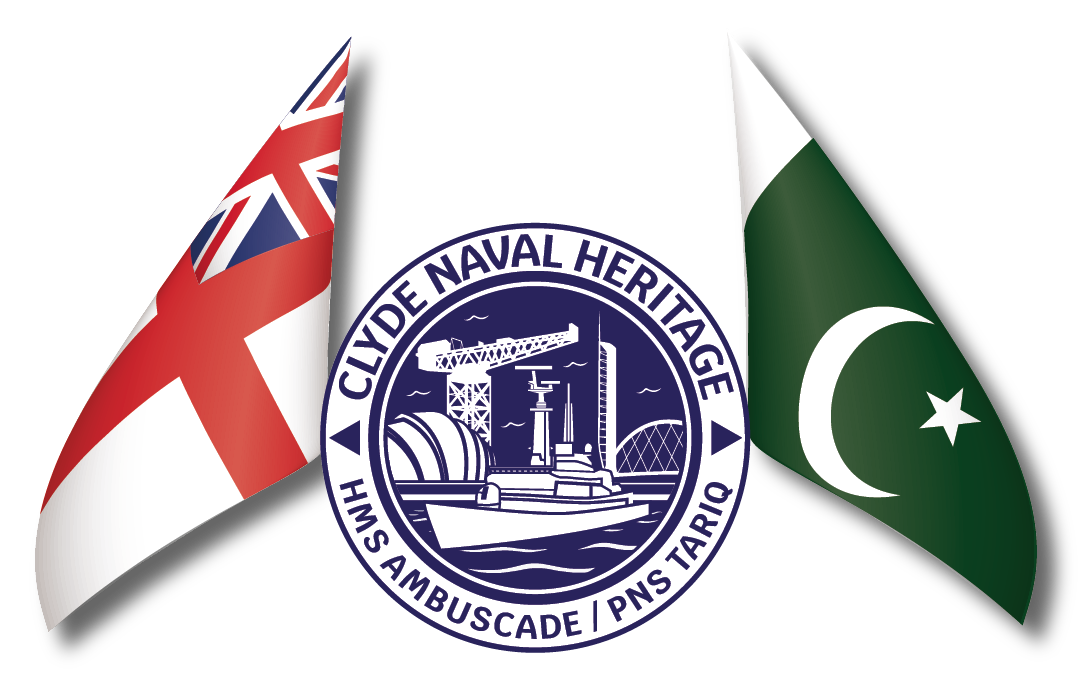The history of shipbuilding on the River Clyde extends back to the medieval period, long before it became an industrial powerhouse. During these early centuries, shipbuilding was primarily a localized, small-scale activity, focused on constructing wooden vessels for fishing, trade, and transportation. Communities along the river, such as Govan, Dumbarton, and Glasgow, developed their own shipbuilding traditions, drawing upon the region’s rich timber resources and proximity to coastal trading routes.
Medieval Shipbuilding: Roots in Local Craftsmanship
During the medieval era, the Clyde was not yet known as a major shipbuilding centre. Instead, shipbuilding was largely a craft-based industry, with small boatyards and workshops situated along the riverbanks. The ships produced during this period were typically small, wooden vessels designed for local trade and fishing. These boats, known as claythouns and birlinns, were built using traditional methods, with timber frames and hulls reinforced by nails and dowels.
While there is limited documentation on the specifics of early shipbuilding practices, it is known that boatbuilders relied on local oak and pine trees, which were abundant in the surrounding forests. These early vessels were used for transporting goods such as wool, fish, and agricultural produce along the river and across the Firth of Clyde to nearby ports and islands. There is evidence of small-scale shipbuilding activity as far back as the 15th century, with references to boats being built in Govan and Dumbarton for local nobility and traders.
Influence of the Scottish Crown and Early Naval Activity
From the late 15th century onwards, shipbuilding on the Clyde began to take on a slightly more organized form, partly due to the influence of the Scottish Crown. During this period, Scotland sought to build up its naval capabilities to defend its coasts and protect its merchant fleet from piracy and foreign threats. The Royal Burgh of Dumbarton, located at the mouth of the River Leven where it joins the Clyde, became a key centre for early naval shipbuilding activity.
Dumbarton Castle, perched on a volcanic rock overlooking the river, served as both a royal shipyard and a strategic naval base. Throughout the 16th century, the castle’s shipyards produced several vessels for the Scottish Navy, including galleys and small warships intended for coastal defence and patrolling the western sea routes. One notable vessel built at Dumbarton was the Great Michael, a massive warship commissioned by King James IV of Scotland in 1511. Though not constructed on the Clyde itself, the Great Michael was outfitted and equipped with supplies from Clyde shipyards, highlighting the region’s early contributions to Scotland’s maritime ambitions.
Learn more about Dumbarton Castle’s role in Shipbuilding here
Transition to the Early Modern Period: Growth of the Merchant Fleet
The 17th century saw significant changes in the nature of shipbuilding on the Clyde. As Glasgow’s importance as a trading port grew, so too did the demand for ships capable of longer voyages. Glasgow merchants began trading with English colonies in the Americas, exchanging goods like tobacco, sugar, and rum. This led to the construction of larger, more robust vessels that could navigate the open seas and carry heavier cargoes.
Local shipbuilders responded by experimenting with new designs and construction techniques, producing larger wooden ships such as flyboats and barks. These vessels were better suited for transatlantic trade, with reinforced hulls and increased storage capacity. The shipbuilding industry, still primarily family-run and reliant on skilled craftsmen, began to expand beyond simple boatyards into more organized facilities that could accommodate these larger ships.
Establishment of Early Shipyards and Craft Guilds
By the late 17th century, the first recognizable shipyards began to form along the River Clyde, particularly around the Glasgow area. These early shipyards were rudimentary compared to the massive industrial complexes that would emerge later, but they represented a significant shift towards a more structured and professional shipbuilding industry. The shipyards employed skilled carpenters, caulkers, and sailmakers, many of whom were organized into craft guilds. These guilds regulated training, maintained standards of workmanship, and ensured that the shipbuilders’ skills were passed down through generations.
One of the earliest documented shipyards on the Clyde was established at Newark, near Port Glasgow, in the late 1600s. This shipyard, founded by merchants and shipbuilders from Glasgow, focused on building and repairing merchant vessels, contributing to the region’s growing reputation for maritime craftsmanship.
Integration with Trade and the Scottish Tobacco Lords
During the 17th century, Glasgow’s shipbuilding industry became closely tied to the city’s burgeoning tobacco trade. Wealthy tobacco merchants, known as the “Tobacco Lords,” dominated Glasgow’s economy and played a crucial role in developing the infrastructure needed for a thriving maritime industry. They invested heavily in shipbuilding, commissioning new vessels and financing the expansion of shipyards along the Clyde.
The Tobacco Lords’ influence also led to improvements in port facilities, such as the construction of deeper docks and quays, which allowed larger ships to be built and repaired on the Clyde. By the early 18th century, the Clyde’s shipbuilding industry had grown from a small, craft-based enterprise into a more substantial sector, setting the stage for the explosive growth that would come with the Industrial Revolution.

